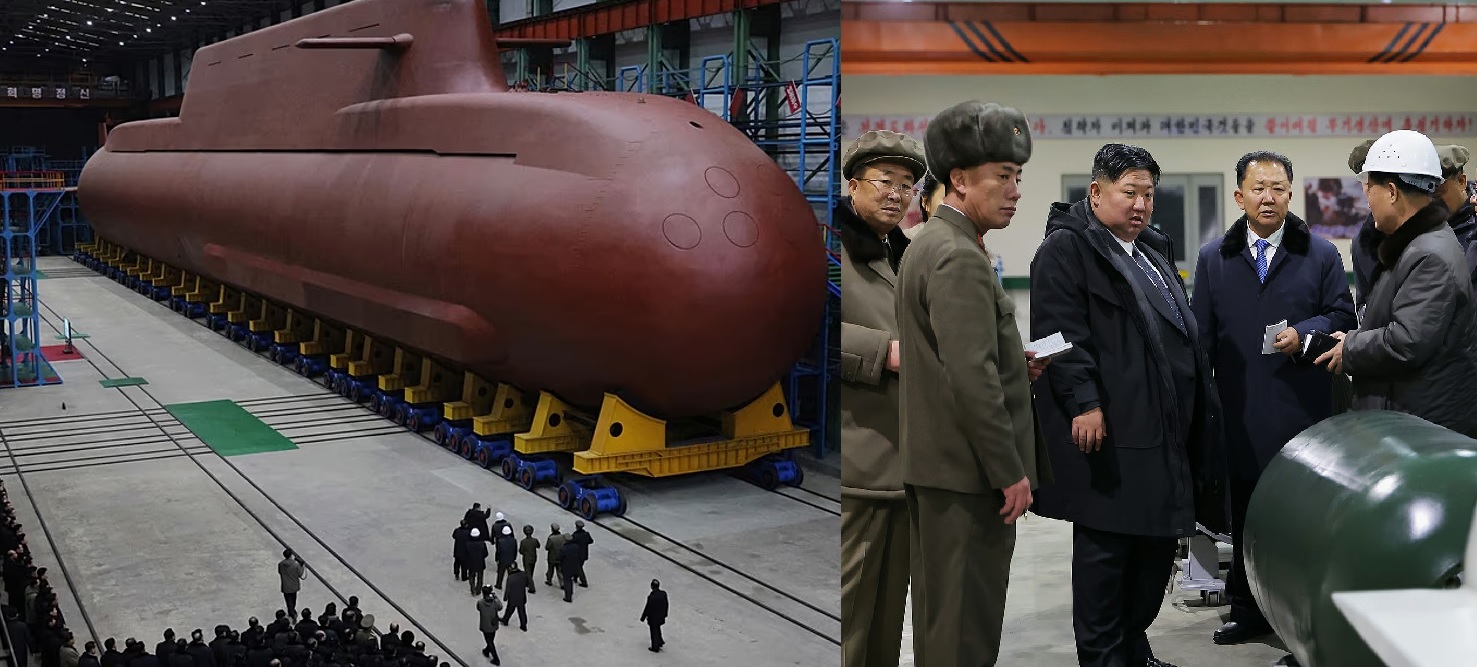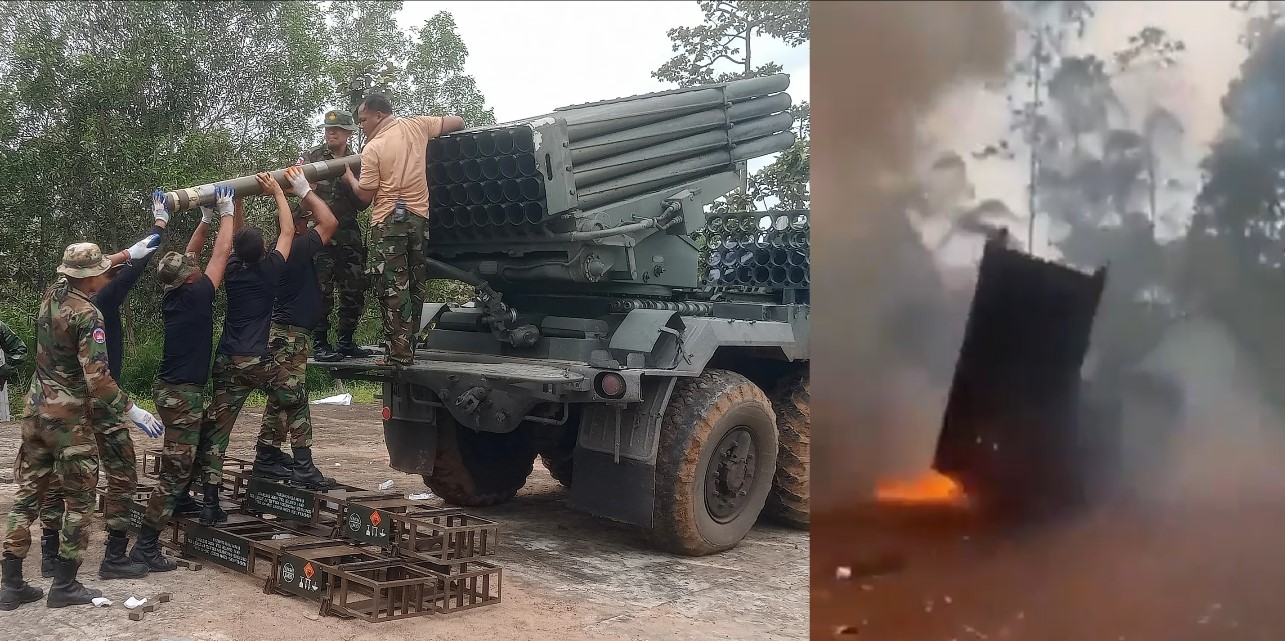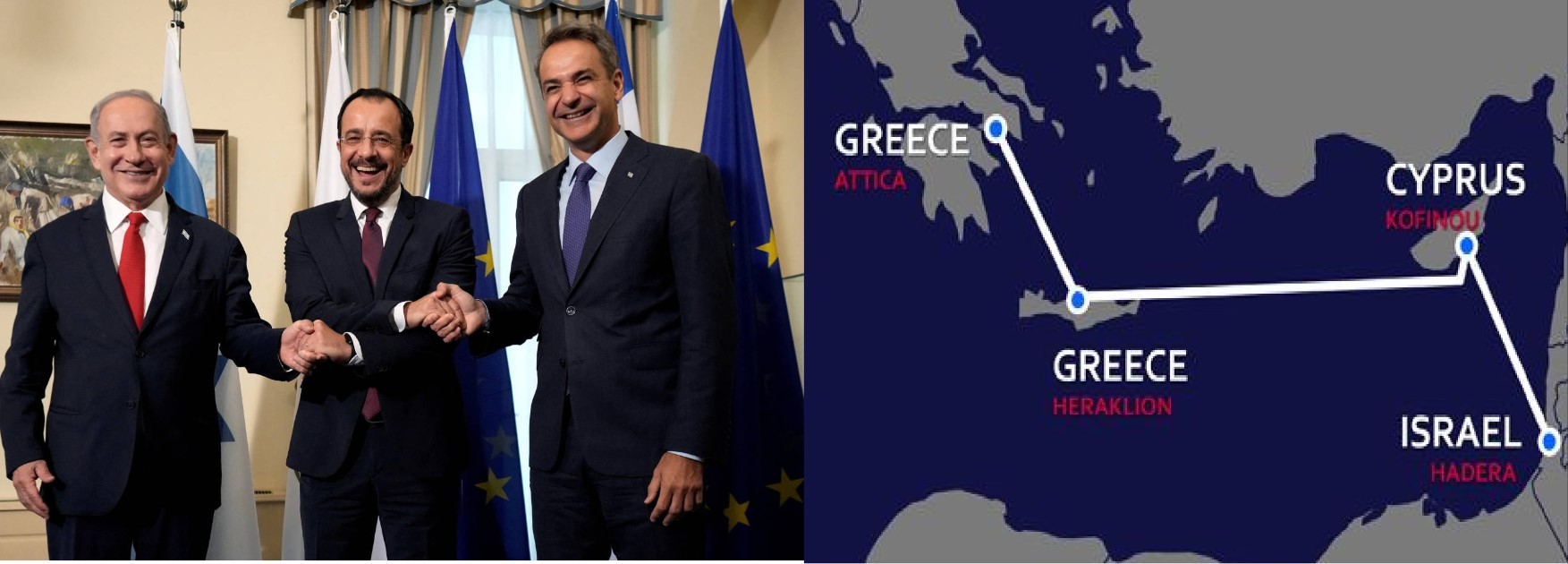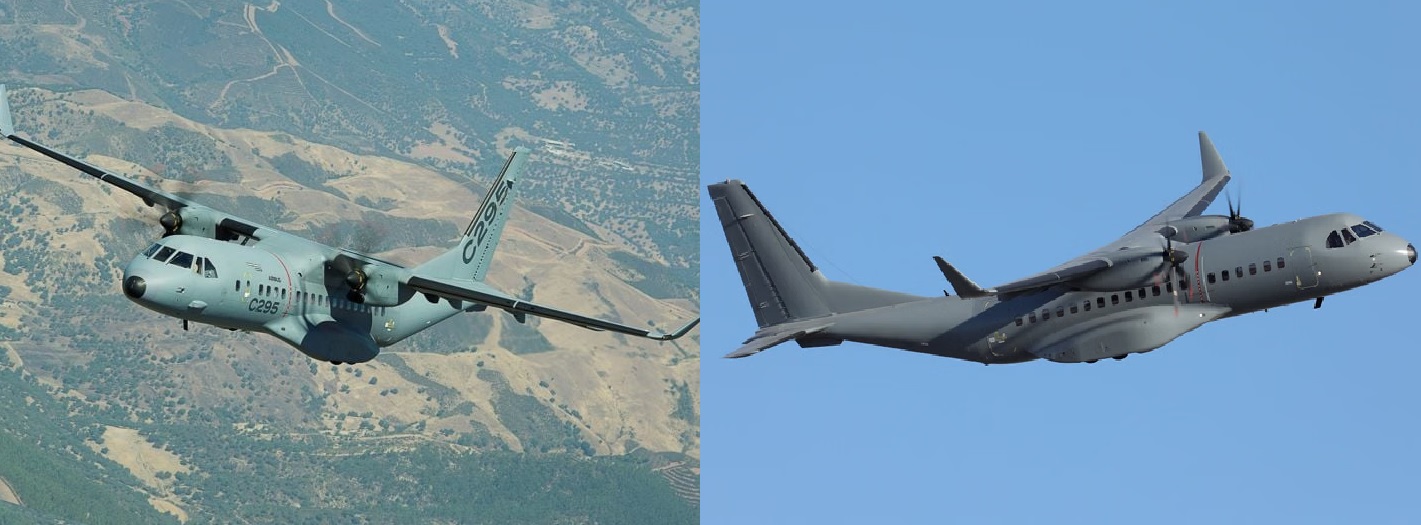Radia Unveils WindRunner, The World’s Largest Military Cargo Plane
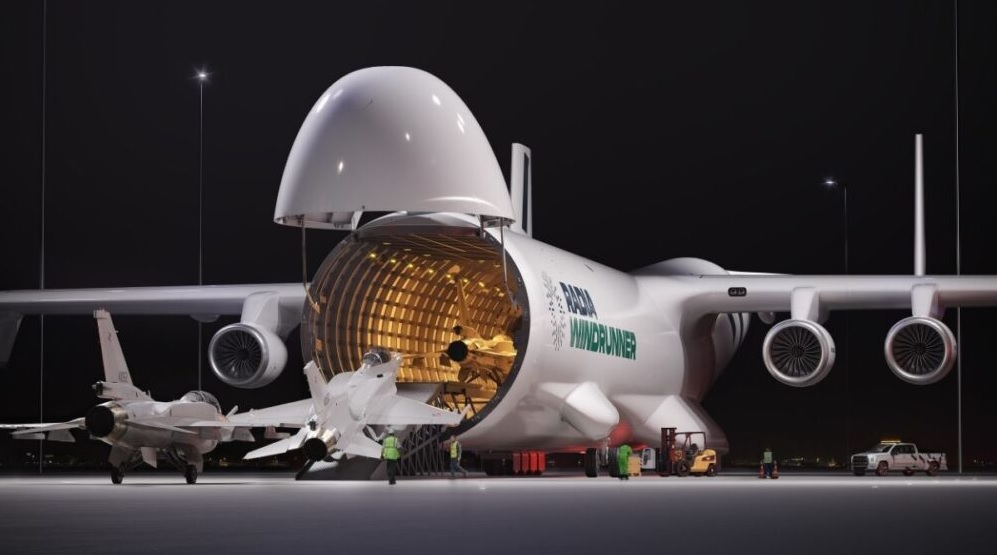
Radia’s newly announced WindRunner for Defense is set to address one of the most critical gaps in modern military logistics — the ability to airlift outsized systems intact to remote or contested locations. Revealed at the Air, Space & Cyber Conference, WindRunner is optimised for both volume and weight, offering commanders new operational options and supporting concepts such as Agile Combat Employment.
What the WindRunner Is
Unlike traditional airlifters such as the C-5 Galaxy, C-17 Globemaster, or A400M, which often run out of internal space before reaching their weight limit, WindRunner is designed to carry extremely large, mission-ready systems without disassembly. Long-range radars, tiltrotors, helicopters, mobile hospitals, fighters, and even space boosters can be transported directly into operational areas.
Radia’s goal is not to replace existing fleets, but to also reinforce them with a commercially fielded aircraft that can surge in crises. The company has set a target of a first flight by the end of this decade, with an operational goal around 2030.
Size, Volume, and Performance
WindRunner’s scale is unprecedented.
-
Length: around 108 meters
-
Wingspan: around 80 meters
-
Height: about 24 meters
-
Cargo Bay: up to 105 meters long, 7.3 meters wide, and 7.3 meters high
-
Payload Volume: about 7,700–8,200 cubic meters, roughly seven times a C-5 and twelve times a C-17
-
Payload Mass: around 72 tonnes
-
Cruise Speed: Mach 0.6
-
Range with Full Payload: about 2,000 km
-
Service Ceiling: around 12,500 meters
-
Runway Requirement: about 1,800 meters, with capability to operate on unpaved or semi-prepared strips
The aircraft is capable of carrying six CH-47 Chinooks without disassembly, four CV-22 Ospreys, or up to twelve Apache helicopters in one load. Entire fighter aircraft such as the F-16 or F-35C could also be flown directly into operational theatres without refuelling stops.
Core Technologies
WindRunner integrates several technological solutions that make its mission possible:
-
High-wing and twin-tail design, giving stability and clearance for oversized fuselage cargo.
-
Nose cargo door system for direct roll-on/roll-off of long items without special loading equipment.
-
Volume-over-mass optimisation, focusing on bulky but not necessarily extremely heavy loads.
-
Short take-off and landing capability, operating from 1,800-meter or unpaved runways.
-
Certified, proven engines and components, reducing risk and accelerating development.
-
Simplified pressurisation, with only the cockpit fully pressurised, easing structural demands.
-
Rugged landing gear system, distributing weight across many wheels to handle rough fields.
-
Traditional but reinforced aluminium structures, balancing cost, maintainability, and strength.
These choices allow WindRunner to deliver systems intact, also bypassing the need for costly or vulnerable infrastructure.
Strategic & Operational Impact
For defense, WindRunner brings several advantages:
-
Move full systems intact: Radars, helicopters, or fighters can be delivered without disassembly, cutting timelines and reducing vulnerability.
-
Agile Combat Employment: Large systems can be flown into austere forward bases, even in contested environments.
-
Surge capacity: WindRunner supplements existing fleets during crises when heavy demand outpaces available airlift.
-
Reduced logistical footprint: Less need for road or rail transport, fewer trans-shipment points, and faster deployment.
-
Humanitarian and disaster response: Massive medical facilities, shelters, or relief equipment can be flown into storm-damaged or isolated regions.
-
Support for space operations: Boosters and rocket stages can be delivered or recovered quickly for re-use.
Challenges
WindRunner’s design is ambitious and comes with trade-offs. Its payload mass is lower than some classic heavy lifters, it cruises slower than modern jets, and its shorter range with maximum load means intercontinental missions may require staging. Large aircraft are also inherently vulnerable during operations in contested airspace. Yet, its unique size and austere airfield capability make it a disruptive addition to strategic mobility.
Radia’s WindRunner for Defense is not about replacing the legends of airlift but also strengthening them. By creating the world’s largest volume cargo aircraft, Radia aims to give defense forces and humanitarian agencies an entirely new tool — one capable of delivering mission-ready systems directly to where they are needed most, faster and with fewer limitations.
If it achieves its 2030 target, WindRunner may redefine the meaning of strategic mobility for decades to come.
✍️ This article is written by the team of The Defense News.

